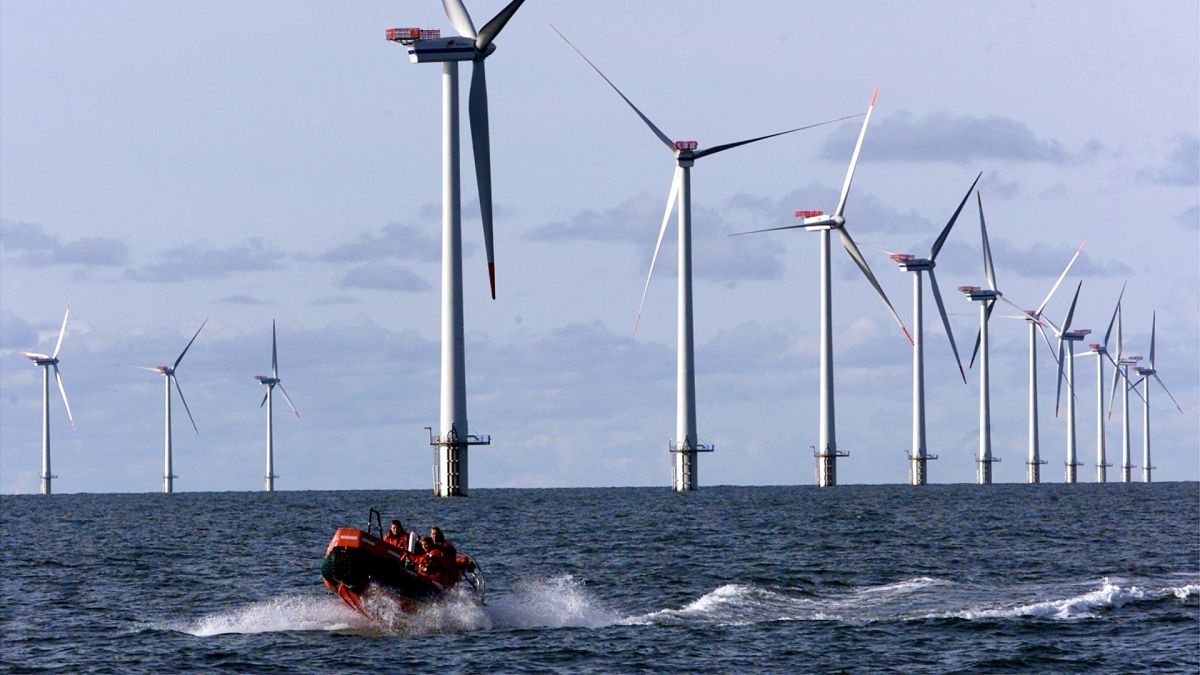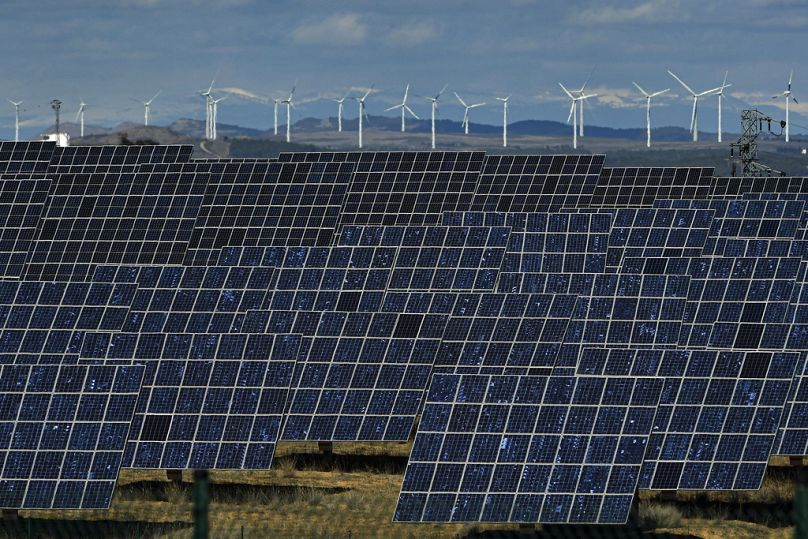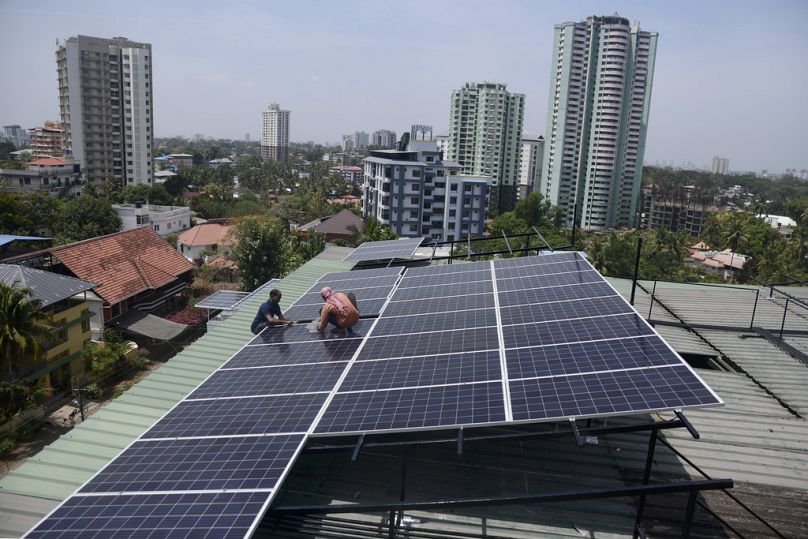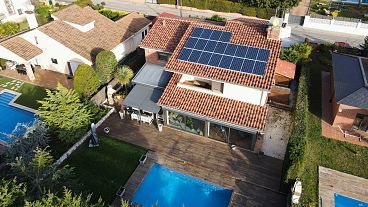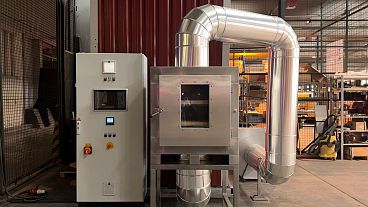Though energy demand increased, clean energy tech helped the world to avoid using more fossil fuels last year.
Without clean energy technology, global carbon emissions in the last five years would have been three times larger, according to the International Energy Agency (IEA).
Global carbon dioxide emissions still reached a record high in 2023. But the new analysis found that growth in clean sources had led to a “structural slowdown” in energy-related emissions.
Even as energy demand increased, the expansion of solar, wind and nuclear power helped the world to avoid even greater use of fossil fuels last year.
Electric vehicles, which accounted for one in five new car sales in 2023, also played a role in keeping demand for oil from rising above pre-pandemic levels.
The growth of global carbon emissions is slowing down
The annual update published on Friday shows that, despite challenges, energy-related emissions didn’t rise as quickly in 2023 as they did in 2022. It suggests that the world could soon see a peak in carbon emissions as the use of clean energy tech accelerates.
“The clean energy transition has undergone a series of stress tests in the last five years – and it has demonstrated its resilience,” says IEA Executive Director Fatih Birol.
“A pandemic, an energy crisis and geopolitical instability all had the potential to derail efforts to build cleaner and more secure energy systems.”
Instead, Birol adds, we’ve seen the opposite in many economies. The clean energy transition continues, reining in emissions despite more demand for energy in 2023 than in 2022.
In the EU, for example, emissions from energy production fell by almost 9 per cent with clean energy growth accounting for half of this decline. For the first time ever, wind power surpassed both natural gas and coal in energy generation, the IEA says.
The use of coal for electricity dropped by 27 per cent while natural gas fell by 15 per cent. The IEA says the recovery of hydropower from 2022 droughts and partial recovery of nuclear also played a role in reducing reliance on fossil fuels.
Extreme weather drives emissions
The IEA report also highlights what impact weather - made more severe by El Niño - has on energy output from clean sources.
Extreme drought meant 2022 was a “historically bad” year for hydropower. A lack of water led to lower outputs which were largely replaced by fossil fuels. This accounted for around 40 per cent of the total increase in carbon dioxide emissions last year.
India and China were particularly affected by the fall in hydropower with emissions from fossil fuels growing by 5.2 per cent in China. Rapid growth in other clean energy sources like solar, wind and electric vehicles in 2023 wasn’t enough to cover growing demand.
In India, a weaker-than-usual monsoon season increased demand for electricity and cut hydropower production accounting for a quarter of the country's growth in emissions.
What still needs to be done for global emissions to fall?
There are still obstacles to reaching this peak in global emissions, however.
Clean energy growth remains concentrated in advanced economies and China. Together they accounted for 90 per cent of new solar and wind globally and 95 per cent of EV sales, according to the IEA report.
And not all clean energy tech advanced with heat pump sales falling slightly as consumers struggled to afford big-ticket purchases last year.
“The commitments made by nearly 200 countries at COP28 in Dubai in December show what the world needs to do to put emissions on a downward trajectory,” Birol says.
“Most importantly, we need far greater efforts to enable emerging and developing economies to ramp up clean energy investment.”
